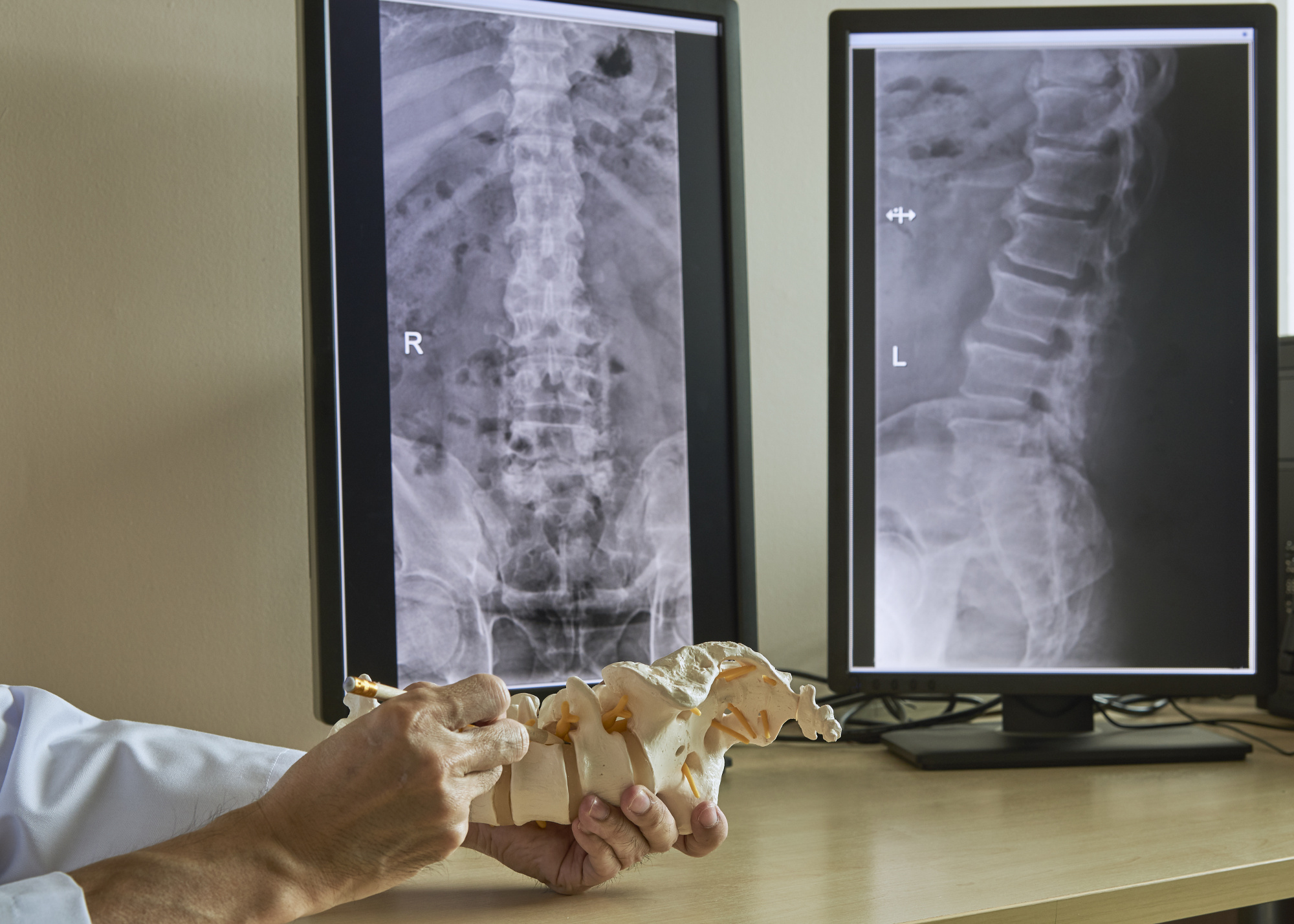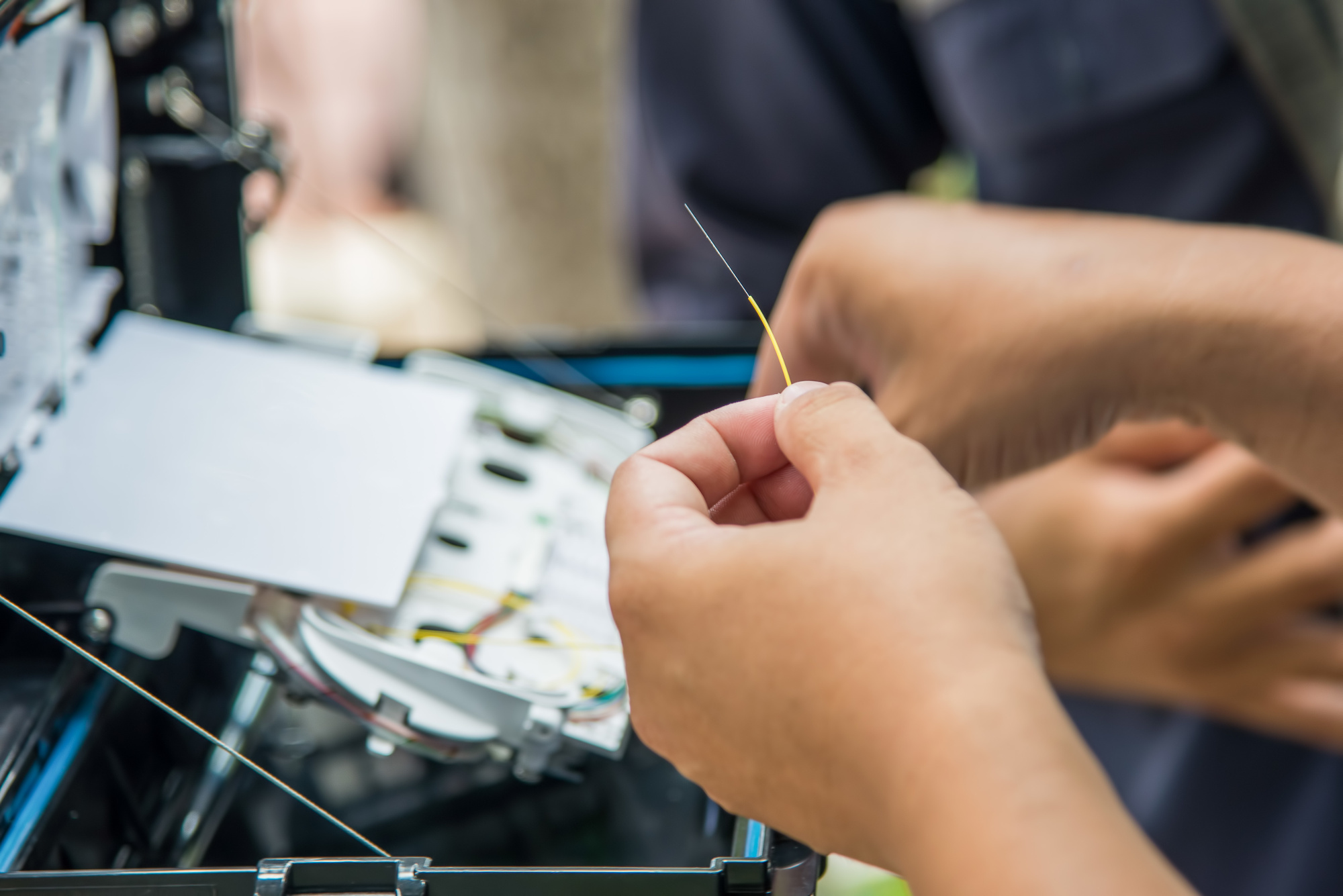
The Often Medical team has developed and patented Guido, a new kit for epidural anesthesia able to detect in real time the attainment of the epidural space and to monitor the progress and correct positioning of the catheter inside the epidural canal, for the first time making objective what the physician currently perceives in an absolutely subjective way, and significantly reducing the risks associated with the epidural procedure.

Often Medical proposes for the first time in this sector the use of Guido, a fully integrated fiber optic sensor within the epidural needle/catheter system, able to measure pressure variations during needle insertion and to detect any deformation during catheter insertion.
The R&D activity has led to the creation of a fully functional demonstrator, with which both in vitro and in vivo tests have been conducted on a porcine model, demonstrating a 100% success rate. The results have recently been published in prestigious international journals (see below). and awarded at international industry conferences.

Scientific publications:
1) B, Carotenuto, A. Ricciardi, A. Micco, E. Amorizzo, M. Mercieri, A. Cutolo, and A. Cusano, “Optical fiber technology enables smart needles for epidurals: an in-vivo swine study,” Biomed. Opt. Express 10, 1351-1364 (2019)
https://www.osapublishing.org/
2) Carotenuto, B.; Ricciardi, A.; Micco, A.; Amorizzo, E.; Mercieri, M.; Cutolo, A.; Cusano, A. Smart Optical Catheters for Epidurals. Sensors 2018, 18, 2101.
https://www.mdpi.com/1424-
3) B. Carotenuto, A Micco, A Ricciardi, E. Amorizzo, M. Mercieri, A. Cutolo, A Cusano, “Optical Guidance Systems for Epidural Space Identification,” in IEEE Journal of Selected Topics in Quantum Electronics, vol. 23, no. 2, pp. 371-379, March-April 2017,
Guido to check the correct position of the catheter for an insertion of several tens of centimeters. This characteristic in particular has very important consequences from the clinical point of view as it both makes possible a drastic reduction in displacements of the catheter, and allows the physician to reach with the catheter many more cephalic epidural spaces starting from a placement of the needle in the lumbar or sacral area, thus avoiding the risk of spinal puncture and the very serious consequences associated with it.
Similarly, using Guido, the physician can reach the lumbar area with the catheter from a position of the needle in the iatus sacrale, eliminating the risk of compressive phenomena on the lumbar roots by epidural hematomas, which require urgent neurosurgical treatment.
All of these advantages have been demonstrated in animal pre-clinical trials.








